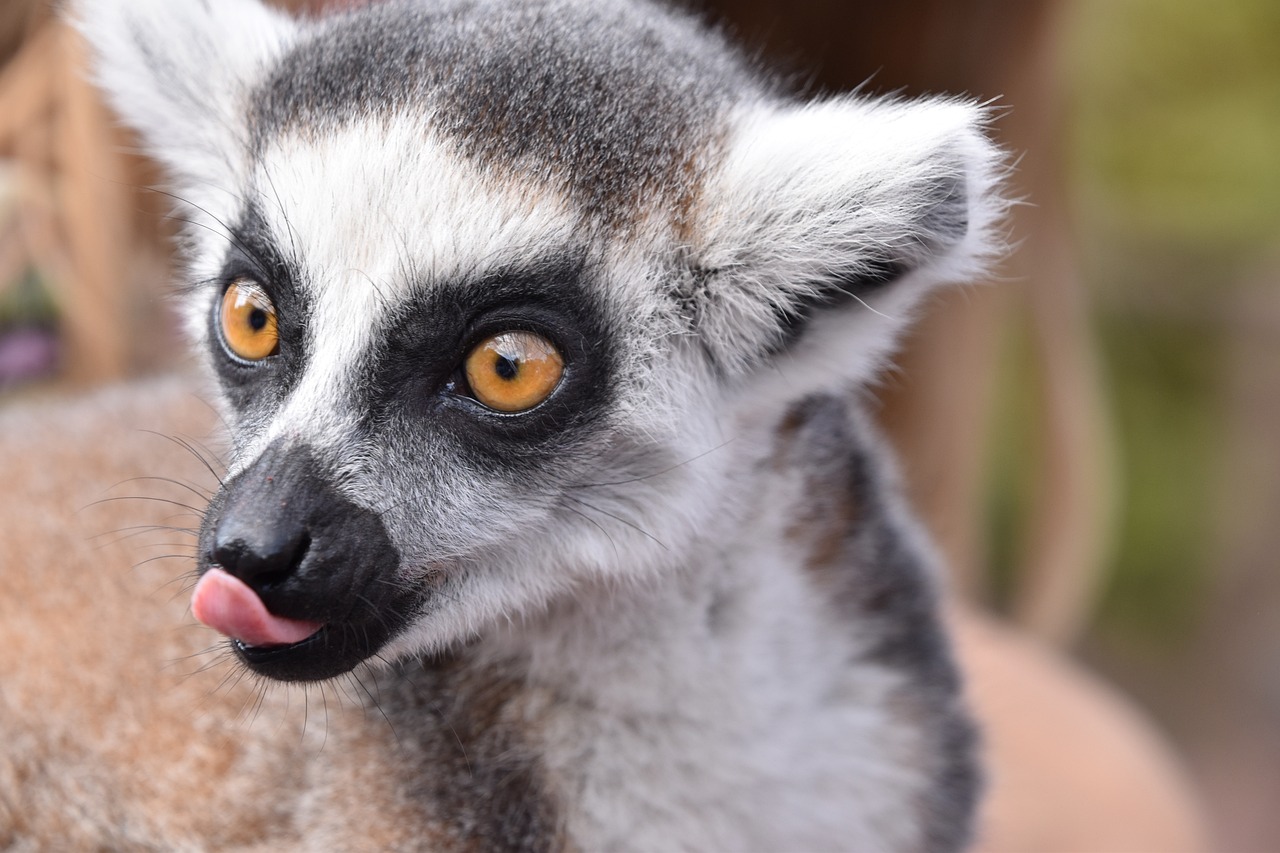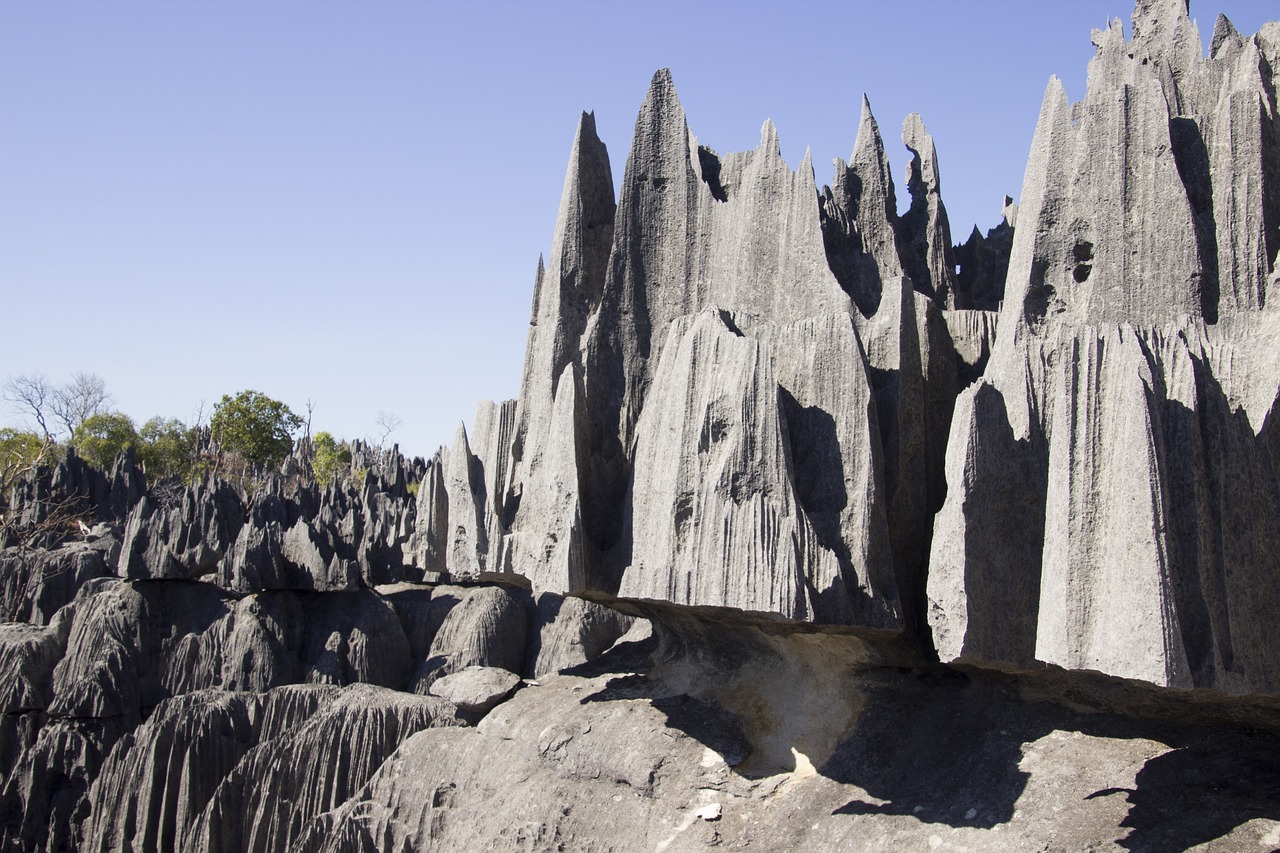Madagascar Video
Essential Apps and Tools for Nomads in Madagascar
Madagascar, known for its diverse wildlife and stunning landscapes, is an ideal destination for nomads seeking adventure and exploration. Whether you’re traveling for work or pleasure, having the right apps and tools can greatly enhance your experience in this unique country. In this article, we will explore essential apps and tools that can assist nomads in Madagascar, from transportation and accommodation to communication and navigation.
Transportation
Taxi Brousse: A popular mode of transportation in Madagascar is the Taxi Brousse, which are shared minibusses. These minibusses operate on fixed routes and can be a cost-effective way to travel between cities and towns. They can be hailed from designated stops or by flagging them down along the road. It’s advisable to check the schedule and route in advance.
Ridesharing Apps: In urban areas like Antananarivo, the capital city, ridesharing apps like Uber and Bolt are available. These apps provide convenient and reliable transportation options, allowing you to book a ride with just a few taps on your smartphone. They offer a safer alternative to regular taxis and provide upfront pricing.
Car Rental: If you prefer to have your own vehicle, car rental services are available in major cities and towns. Renting a car gives you the flexibility to explore Madagascar at your own pace. It’s important to have a valid international driver’s license and be familiar with local traffic rules and conditions.
Accommodation
Guesthouses: Guesthouses are a common type of accommodation in Madagascar, especially in tourist areas. They offer affordable and comfortable rooms with basic amenities. Many guesthouses are family-run establishments, providing a more personalized experience.
Eco-Lodges: For those who appreciate sustainable tourism, eco-lodges are a great option. These accommodations are designed to have minimal impact on the environment and often offer unique experiences, such as staying in bungalows nestled within national parks or near wildlife reserves.
Airbnb: In recent years, Airbnb has gained popularity in Madagascar. It allows you to rent unique accommodations from local hosts, such as private apartments or villas. This can be a great way to immerse yourself in the local culture and support the community.
Communication
Local SIM Cards: To stay connected while in Madagascar, consider purchasing a local SIM card. Local network providers offer affordable data plans, allowing you to make calls, send messages, and access the internet. You can easily find SIM cards at airports, convenience stores, and mobile network shops.
Messaging Apps: Apps like WhatsApp and Facebook Messenger are widely used in Madagascar for communication. These apps allow you to send text messages, make voice and video calls, and share photos and videos over an internet connection. They can be a cost-effective alternative to traditional SMS and phone calls.
Translation Apps: If you’re not fluent in Malagasy or French, having a translation app can be incredibly helpful. Apps like Google Translate allow you to translate text, voice, and even images in real-time. This can facilitate communication with locals and enhance your overall experience.
Navigation
Maps.me: Maps.me is a popular offline mapping app that can be a lifesaver when exploring remote areas of Madagascar. It allows you to download detailed maps of specific regions and navigate without an internet connection. The app provides turn-by-turn directions, points of interest, and even hiking trails.
GPS Navigation Devices: If you prefer a dedicated navigation device, consider renting or purchasing a GPS device. These devices come preloaded with maps and can provide accurate directions even in areas with limited or no cellular coverage. They are especially useful for long road trips and off-road adventures.
Hiking Guides: Madagascar is home to several stunning national parks and hiking trails. To make the most of your outdoor adventures, consider using hiking guides or apps specifically designed for Madagascar. These guides provide detailed trail maps, information about flora and fauna, and safety tips for a memorable hiking experience.
Madagascar Image 1:

Local Services
Money Exchange: When traveling to Madagascar, it’s essential to have local currency, Malagasy Ariary (MGA). Look for reputable exchange offices or banks to exchange your currency. Avoid exchanging money with street vendors or unofficial sources to ensure you receive a fair exchange rate.
Medical Services: Familiarize yourself with the location of medical facilities, such as hospitals and clinics, especially if you have any pre-existing medical conditions. It’s also recommended to have travel insurance that covers medical emergencies.
Tour Operators: To fully experience the natural wonders of Madagascar, consider booking tours with reputable tour operators. They offer guided tours to popular attractions, such as the Avenue of the Baobabs and Ranomafana National Park, ensuring you make the most of your time and have knowledgeable guides.
Madagascar Image 2:

Food and Dining
Local Cuisine: Madagascar has a unique culinary scene influenced by its diverse cultural heritage. Don’t miss the opportunity to try traditional dishes like Romazava (beef stew), Ravitoto (pork with cassava leaves), and the popular street food snack, Koba (sweet banana cake).
Restaurants and Cafés: In urban areas, you’ll find a variety of restaurants and cafés serving both local and international cuisines. From cozy cafés offering freshly brewed coffee to upscale restaurants showcasing Malagasy fusion dishes, there’s something to satisfy every palate.
Food Markets: Exploring local food markets is a great way to immerse yourself in the vibrant culinary culture of Madagascar. These markets offer a wide range of fresh produce, spices, and street food delicacies. Be sure to try local fruits like lychees and rambutans when they are in season.
Attractions and Sightseeing
Avenue of the Baobabs: One of Madagascar’s most iconic sights, the Avenue of the Baobabs is a must-visit. Located near Morondava, this dirt road is lined with majestic baobab trees, creating a surreal and breathtaking landscape. It’s a popular spot for photography and sunset viewing.
Isalo National Park: Isalo National Park is known for its stunning sandstone formations, canyons, and natural pools. Hiking trails will lead you to picturesque viewpoints and hidden waterfalls, allowing you to immerse yourself in the beauty of Madagascar’s unique landscapes.
Ranomafana National Park: Home to a wide variety of wildlife, including lemurs, chameleons, and rare orchids, Ranomafana National Park offers an incredible opportunity to experience Madagascar’s rich biodiversity. Guided tours are available, providing insights into the park’s flora and fauna.
Madagascar Image 3:

Conclusion
Madagascar offers a wealth of experiences for nomads seeking adventure and cultural immersion. By utilizing the essential apps and tools mentioned in this article, you can navigate the country with ease, find comfortable accommodations, communicate effectively with locals, and make the most of your time exploring the stunning landscapes and wildlife. Remember to plan ahead, prioritize safety, and embrace the unique wonders that Madagascar has to offer.
References
– www.lonelyplanet.com
– www.madagascar-tourisme.com
– www.airbnb.com
– www.maps.me
– www.uber.com
– www.bolt.eu


